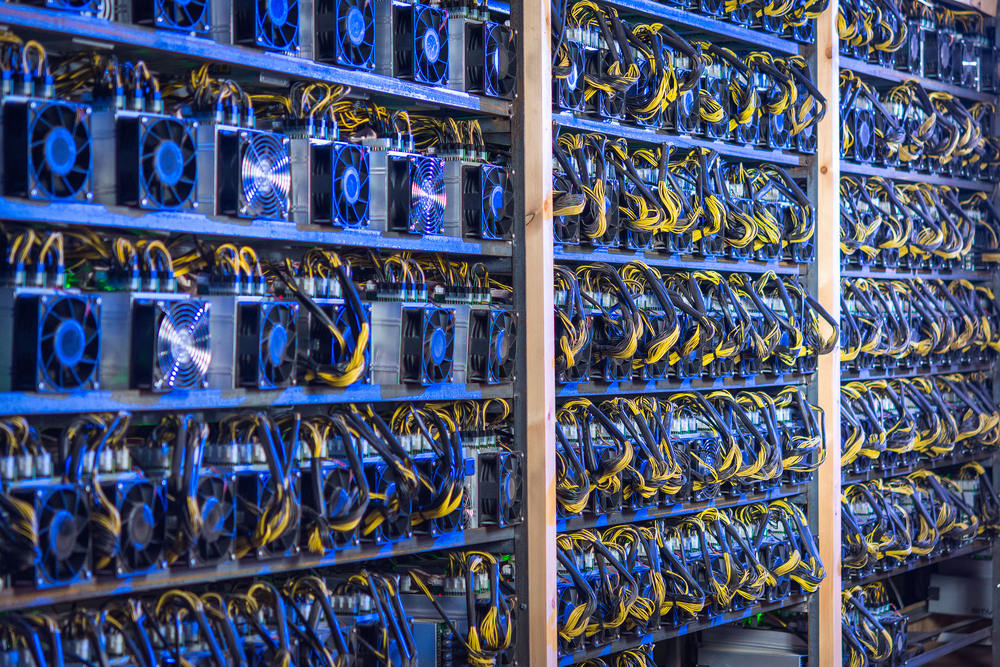
What is Bitcoin Mining and How Does it Work?
Why do we call it Bitcoin “mining” if the Bitcoin isn’t physical and It can’t be dug up from the ground like gold?
It is identical to gold mining because the bitcoins exist in the protocol’s design (just as the gold exists underground), but they haven’t been exposed into the light still (just as the gold hasn’t yet been dug up). The bitcoin protocol stipulates that 21 million bitcoins will exist at some time. What “miners” do is bring them out into the light, a few each time.
They can do this as an advantage for creating blocks of validated transactions and including them in the blockchain.
Nodes

Withdrawing a bit, let’s discuss “nodes.” A node is a highly effective computer that runs the bitcoin software and helps to keep bitcoin running by participating in the relay of information. Anybody can run a node, you simply download the bitcoin software (totally free) and leave a specific port open (the disadvantage is that it consumes energy and storage space– the network at time of writing takes up about 145GB). Nodes spread bitcoin transactions all around the network. One node will send information to a few nodes that it knows, that will relay the information to nodes that they know, etc. This way it winds up getting around the entire network pretty fast.
Some nodes are mining nodes (usually known as “miners”). These group exceptional transactions in to blocks and add them to the blockchain. How do they carry this out? By solving a complex mathematical puzzle that comes with the bitcoin program, and including the answer in the block. The puzzle that needs solving is to find a number that, when integrated with the data in the block and passed through a hash function, produces a result that is in a certain range. This is a lot more difficult than it sounds.
Solving the puzzle
How do they find this number? By guessing at randomly. The hash function can make it impossible to predict what the output will be. So, miners predict the mystery number and apply the hash function in the combination of that guessed number and the data in the block.
The resulting hash has to start with a pre-established number of zeroes. There’s no chance of knowing which number is going to work, given that two consecutive integers will give largely differing results.
What’s more, there may be several nonces that generate the desired result, or perhaps there may be none (by which case the miners manage to keep trying, but with a different block configuration).
The 1st miner to get a resulting hash within the preferred range reveals its victory to the rest of the network. All the other miners immediately stop work on that particular block and start trying to figure out the mystery number for the next one. As a reward for its work, the victorious miner gets some new bitcoin.
Economics
At the time of writing, the prize is 12.5 bitcoins, which at time of writing is worth almost $200,000.

Although it’s not nearly as cushy a deal as it appears to be. There are a number of mining nodes competing for that reward, and it is a question of good fortune and computer power (the more estimating calculations you can carry out, the luckier you are).
Likewise, the costs of being a mining node are significant, not only thanks to the powerful hardware required (if you have a faster processor than your competitors, you have a better chance of finding the correct number before they do), but also through the large amounts of electrical power that operating these processors consumes.
And, the amount of bitcoins rewarded as a reward for solving the puzzle will reduce. It’s 12.5 now, but it cuts in half every four years or so (the next one is anticipated in 2020-21). The price of bitcoin relative to cost of electrical power and hardware might increase the next few years to partially make up this reduction, but it’s not sure.
Difficulty
The challenge of the calculation (the needed number of zeroes at the beginning of the hash string) is adjusted regularly, so that it requires on average about 10 minutes to process a block.
Why 10 minutes? That is the amount of time that the bitcoin developers think is necessary for a steady and diminishing flow of new coins until the maximum number of 21 million is reached (expected sometime in 2140). Visit BUY Bank for more information on how you can acquire bitcoin.




